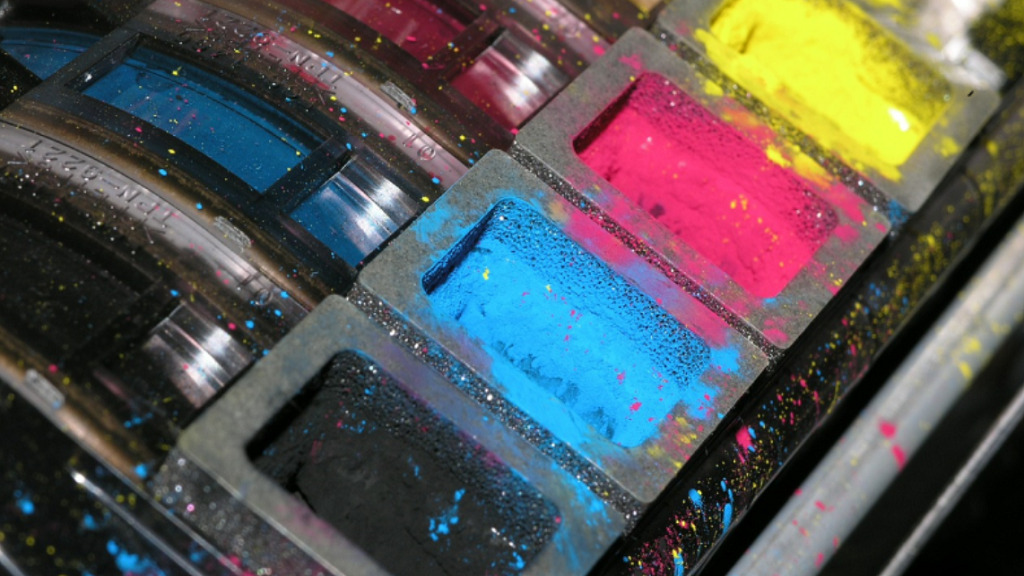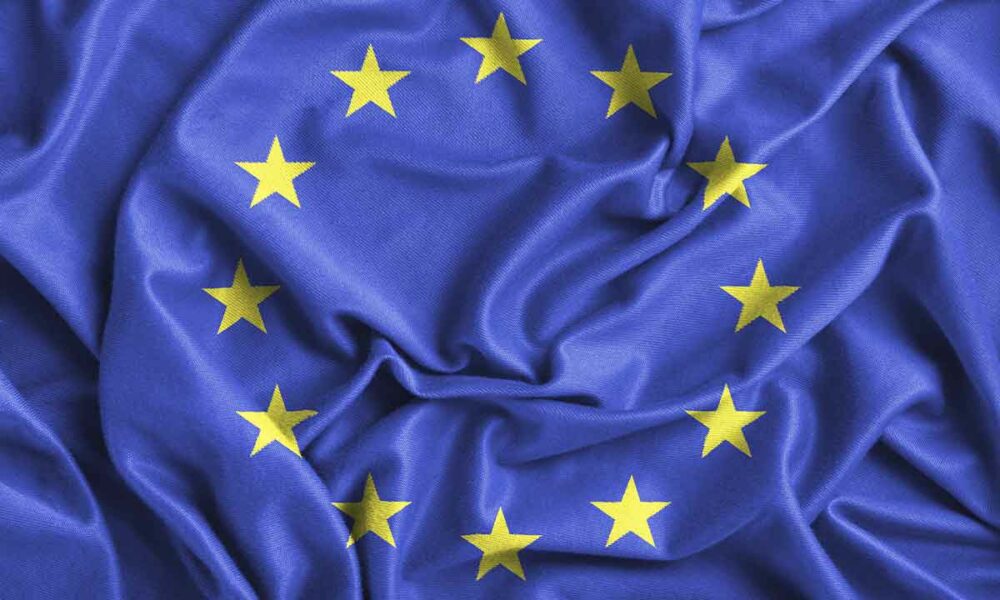
According to consulting firm Smithers, inkjet labeling on demand It can significantly reduce the energy consumption of companies in Europe, as well as reduce the mass production of ink and material waste, and make labeling operations much more efficient and sustainable.
If European companies switched to on-demand inkjet labeling, they would save 28.7 million kWh each year, the equivalent to the annual energy consumption of 95,960 homes, in addition to a reduction of 6.7 million tons per year of CO2. On-demand inkjet label printing can also eliminate 180 million square meters of label waste, the equivalent of 25,264 football fields, as well as reduce ink waste by approximately 619 tons, the equivalent weight of 41 buses. two-story.
Smithers conducted research to compare and assess the sustainability of different printing processes and how companies can implement them to help achieve their sustainability goals. Commercial printing processes were analyzed, thermal transfer and inkjet color solutions from various companies. In each case, the impact on sustainability represented by the entire process was considered, from the production of labels to their application, taking into account five main aspects: energy, waste, consumables, storage / transport and non-stick protectors.
The study concluded that using inkjet to print labels at the company’s own facilities would bring significant business and operational benefits, but also demonstrable environmental benefits, including significant reductions in energy consumption, waste generation and use of consumables, which could help companies meet their sustainable development goals by following the UN scheme:
- SDG 7 Affordable and clean energy: Inkjet is a process that requires less energy consumption, using only 1% of the energy that other processes require for the same print space.
- SDG 8 Decent work and economic growth. Inkjet printing brings higher profitability and improved margins to label users.
- SDG 9 Industry, innovation and infrastructure. Innovative inkjet technology reduces material waste from labels and the accumulation of stocks that end up being discarded.
- SDG 12 Responsible consumption and production. Waste materials (eg ribbons) are significantly reduced during inkjet printing versus thermal transfer printing.
Xavier Aliaga, director of business systems at Epson Ibérica, comments: “Labels represent a critical element for brands in a wide variety of industries. Selecting the right label printing process can bring significant business benefits in terms of speed to market, flexibility, and quality, which in turn can positively improve the customer experience and drive sales. Today, more and more brands are switching to color inkjet in-house and on-demand label printing as this contributes significantly to achieving their sustainability goals as well as improving their business operations ”.
Empack Madrid 21
It will be the next November 24 and 25 when a new appointment of Empack Madrid 2021 arrives, where Epson will be present and in a position to demonstrate all these advantages of color labeling on demand, with its ColorWorks range. Based on the Smithers study, there are many benefits for companies that switch to this type of solution.
1- High energy consumption
The report reveals how energy-intensive commercial printing processes are, as with a traditional flexo label printer that consumes about 39 kWh for every 1000 square meters of printed labels. If that label contains variable data printed by thermal transfer, the combined energy consumption is 41 kWh per 1000 square meters. Inkjet is a process that consumes less energy and can use only 1% of that energy for the same square meters of printing. If the potential market for on-demand labels made the switch, 28.7 million kWh per year could be saved, enough energy to travel more than 14 million kilometers with an electric vehicle or light 95,960 homes for a year.
2- Waste reduction
Smithers estimates that up to 11% of label materials are discarded, from label production itself to final application. This may be due to the process of starting and preparing the print or simply as a result of printing errors. Both can be eliminated by switching to color-on-demand inkjet technology. Smithers estimates that if the market makes the switch to inkjet, the material savings per year could amount to 180 million square meters, the equivalent of 25,264 football fields.
One of the main sustainability challenges in thermal transfer printing is the use of ribbons. For every square meter of printed label, a significant amount of ribbon is also used, regardless of ink coverage. It can only be used once and is not easily recycled. If the thermal transfer process is used to generate two or more colors, two more ribbons must be used.
Tape waste is often not considered part of a companies’ overall sustainability footprint. However, if all current thermal transfer label printing were switched to inkjet, the savings could be significant. If companies made the switch to on-demand inkjet label printing, it could save 109 million square meters of ribbons (15,333 soccer fields) and 619 tonnes of ink (41 buses).



